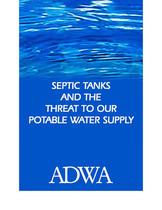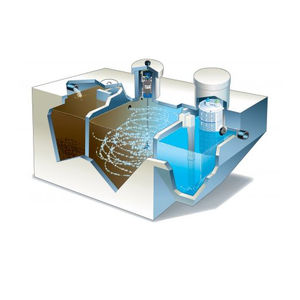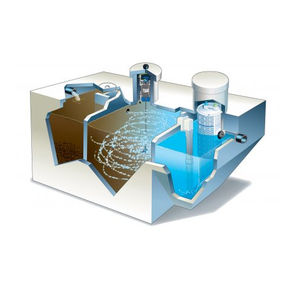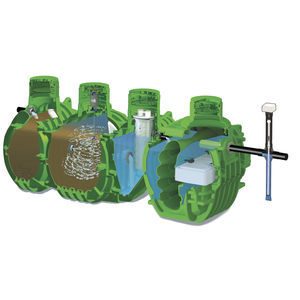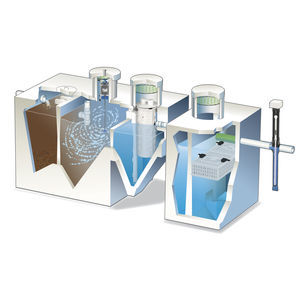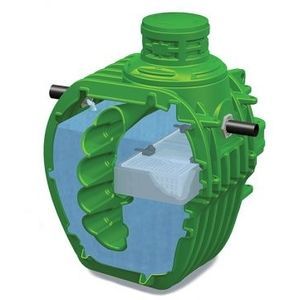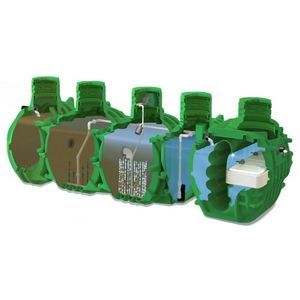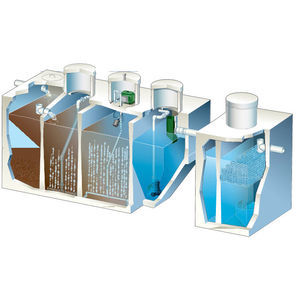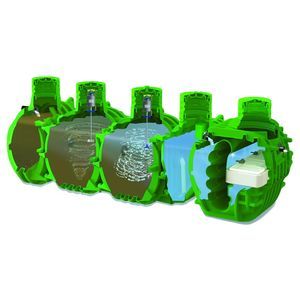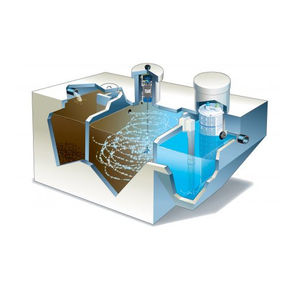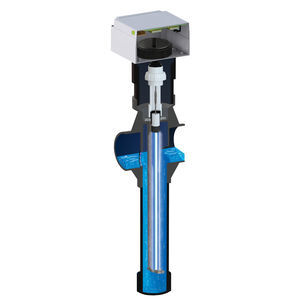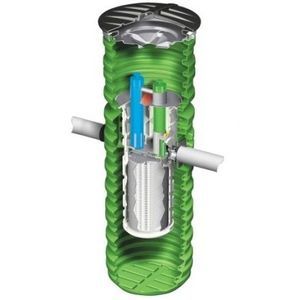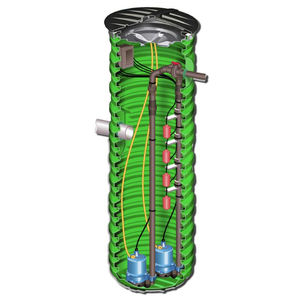
Drip system irrigation system SUBSURFACEin-ground

Add to favorites
Compare this product
Characteristics
- Other characteristics
- in-ground, drip system
Description
Engineered to uniformly apply treated effluent below the surface of the ground, drip distribution relies on proven techniques originally developed for agricultural irrigation. This method of pressure distribution is well suited for all conditions, as effluent is delivered directly to the infiltrative surface of the soil using specially manufactured polyethylene tubing with built-in turbulent flow emitters. Drip disposal technology is emerging as one of the most versatile, safe and reliable methods of wastewater disposal.
Now, even properties with marginal soils can be utilized by taking advantage of gradual soil absorption, nutrient uptake by vegetation and evapotranspiration. Drip disposal fields are adaptable to irregularly shaped lots or difficult site constraints. The unique drip emitter tubing is installed in shallow, narrow excavations using a trenching machine or vibratory plow so that existing trees and vegetation are not disturbed. The shallow depth at which the tubing is installed makes use of the topsoil for treatment; while the precise manner in which effluent is distributed allows for the development of land with marginal soils that would otherwise not be suitable to be developed.
Norweco drip disposal equipment is designed, manufactured and tested to provide the most effective performance for domestic wastewater applications and deliver years of trouble-free service. Headwork assemblies, disc filters, valves, pumps, integrated system controls, drip tubing, fittings and enclosures are all warranted against defects in material and workmanship for a period of two years from the date of purchase.
Catalogs
*Prices are pre-tax. They exclude delivery charges and customs duties and do not include additional charges for installation or activation options. Prices are indicative only and may vary by country, with changes to the cost of raw materials and exchange rates.


